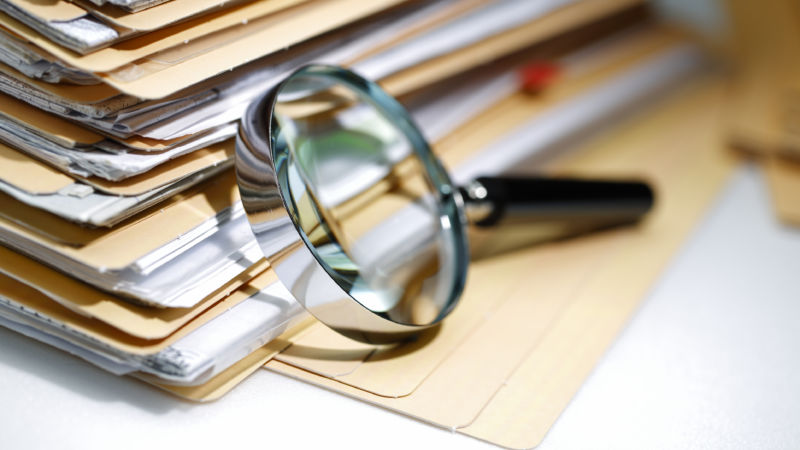In order to really understand (analyze) your client’s case, you must engage in a fact-finding investigation. This comes in two forms:
- Formal discovery conducted under the applicable rules of civil procedure that is compelled from others
- Informal discovery conducted completely outside the ambit of any rules of civil procedure and mostly that which is voluntarily given to the advocate by others
Why is such investigation needed? There are several reasons.
First, you are going to be bound by the facts of the case. You need to know what they are. Many lawyers espouse the theory that cases are won and lost based mainly upon the facts. There is some truth to this because it is the application of the law to the facts that determines outcomes. Remember, the sole purpose of a civil trial is resolve disputed questions of fact. Where significant facts are not essentially disputed, courts typically enter judgment by motion rather than trial. But even in motion practice, before you can determine what the facts are and whether they are disputed, you must first uncover the facts. The facts empower you to obtain the client’s goals.
In a sense, informal discovery can be defined by what it is not. It is not generally governed by any rules, scheduling orders, or officially approved techniques. Unlike formal discovery, informal discovery may begin at any time you are considering a possible lawsuit and requires no court permission or supervision. Informal discovery is a short-hand description for the unregulated fact investigation undertaken by an advocate, or under the supervision of the advocate, in order to perform case analysis, garner evidence in support of a client’s claim or defense, discover adverse information that might defeat the client’s claim, or simply to reveal additional sources of information that might bear on the client’s claim.
You will engage in some degree of informal discovery on virtually every case and, in most cases, actually perform such investigation before the case is filed, after it is filed, and continue it up until the eve of trial. It can reveal information more profound than that procured under the rules of civil procedure and yet can be much more cheaply obtained. The strategic use of informal discovery can also be critical because it occurs under your opponent’s radar. Although informal discovery is almost universally ignored in civil procedure courses, it is worthy of discussion for real advocates planning to win actual cases–people like you.
The starting point though is usually with the leads given by the client. The client may have some idea of the identity of other witnesses or involved parties. The client can give you information about where the occurrence in question took place to permit a viewing of the scene. The client may also turn over documents that reference other documents in the possession of third parties that might be obtained on request. Beyond these client-directed sources, think in terms of finding relevant people, documents and tangible evidence using common sense and any real-world experiences. So how do you decide what to look into? Go back and look at how you first analyzed the case, the seeds of where you need to conduct informal discovery are planted there.
How do you decide what information you might need to develop during informal discovery? Case analysis, which we just discussed, is going to be your guide. To this end, you should consider preparing some type of “Proof Chart” which will be helpful in providing organizational structure to the advocate’s intuition. This proof chart, which may be very rudimentary at the outset of the case, will essentially help the advocate determine where their client’s anticipated case has evidentiary strength and weakness. Once you have done that you can move on to supporting areas of strength (corroboration) and trying to find evidence that fills the gaps, or weak areas (substantiation). The chart should have the elements that the law prescribes for the cause of action, or defense, and then apply the facts currently available to those elements. It can serve as an excellent visual reminder that focuses your discovery.
Methods of informal discovery may include witness interviews, police departments, the Department of Motor Vehicles, telephone directories, public universities, credit reporting services, county tax records, libraries, newspapers, federal government offices, internet research, and the post office. Technology can be particularly useful. I cannot imagine not searching social networking sites to for potential information in this day and age. While witness interviewing techniques go beyond the purpose of this blog, much of what we will discuss concerning depositions will be applicable during interviews as well.
Remember, fact research is just as important, if not more important, than the legal research that you will do for the client. Make sure you know how to make it happen.








